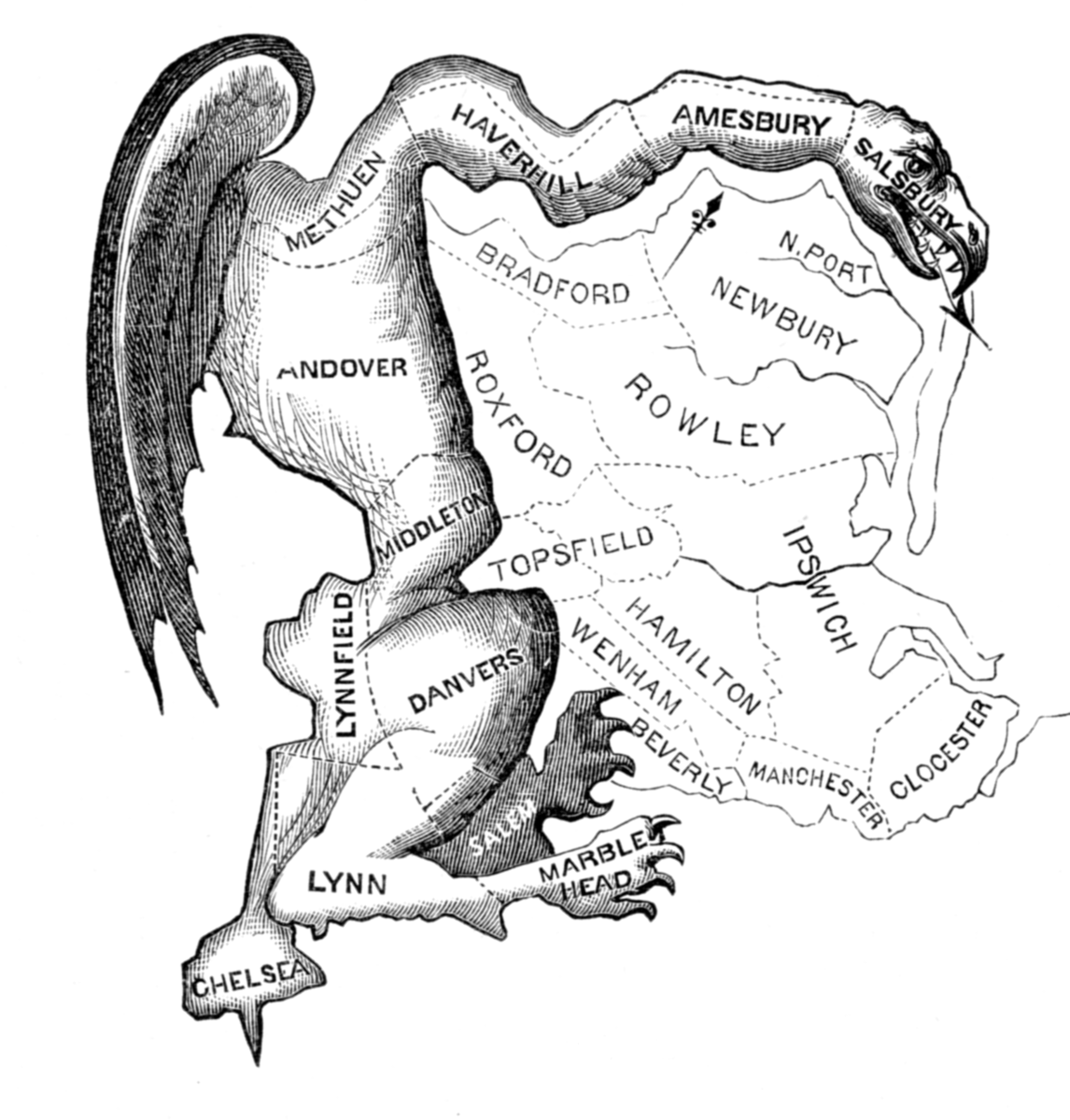Listen up, folks! Today, we’re diving deep into a topic that might sound foreign to some but is as important as your morning coffee. **Gerry mander**—no, it’s not a new supergroup in the music world or a trendy coffee shop in Brooklyn. It’s a term that has been shaping our political landscape for over two centuries. If you’ve ever wondered how some politicians seem to win elections no matter what, well, this is one of the reasons why. So, buckle up because we’re about to uncover the secrets behind gerrymandering.
Now, let me paint you a picture. Imagine a map where district lines twist and turn like a roller coaster at Disneyland. That’s gerrymandering in action. It’s a strategy used by political parties to redraw district boundaries in a way that gives them an unfair advantage. Sounds sneaky, right? But it’s not just about winning elections; it’s about controlling the narrative and maintaining power. And guess what? It affects you more than you think.
Before we go any further, let’s get one thing straight. This isn’t just a dry political science lesson. It’s a story about power, strategy, and sometimes, outright manipulation. If you’ve ever felt like your vote doesn’t count as much as it should, this might explain why. Let’s dig in, shall we?
Read also:Donna And Rosy Khalife On Shark Tank The Success Story Behind The Sisterly Success
What Exactly is Gerrymandering?
Gerrymandering is the art—or some might say, the dark art—of manipulating electoral district boundaries to favor one party or group over another. It’s like setting up a game where the odds are stacked in your favor before the first move is even made. The term itself dates back to 1812 when Governor Elbridge Gerry of Massachusetts signed a redistricting bill that created a salamander-shaped district. A clever cartoonist combined "Gerry" with "salamander," and voila, the term "gerrymander" was born.
But here’s the kicker: gerrymandering isn’t just a historical relic. It’s alive and well today, affecting elections across the United States. Politicians redraw district lines every ten years after the census, and when they do, they often play a game of "let’s make it work for us." The result? Districts that look like a Picasso painting gone wrong, with lines zigzagging across cities and states.
Why Should You Care About Gerrymandering?
Okay, let’s be real for a second. You might be thinking, "Why should I care about some fancy political term?" Well, here’s why: gerrymandering impacts the very foundation of democracy. It skews representation, making some votes count more than others. Imagine living in a district where your vote doesn’t matter because the lines were drawn to ensure a specific outcome. That’s not just unfair; it’s undemocratic.
And let’s not forget the broader implications. Gerrymandering can lead to polarization, as politicians cater to their base rather than the broader electorate. It’s like creating echo chambers where only certain voices are heard. This, in turn, affects policy decisions, funding allocations, and even national priorities. So, yeah, you should care. A lot.
Types of Gerrymandering
Packing and Cracking
Let’s break it down. There are two main methods of gerrymandering: packing and cracking. Packing involves concentrating the opposing party’s voters into a single district, effectively neutralizing their influence. It’s like putting all the red marbles in one jar so they don’t spread out. Cracking, on the other hand, involves spreading the opposing party’s voters across multiple districts, diluting their power. Think of it as scattering those red marbles across several jars.
Partisan vs. Racial Gerrymandering
Now, here’s where things get tricky. Partisan gerrymandering is all about favoring one political party over another. It’s a numbers game, plain and simple. But racial gerrymandering takes it a step further by manipulating district lines based on race. This is not only unethical but also illegal under the Voting Rights Act. It’s a dark chapter in the history of gerrymandering that we need to confront and address.
Read also:Neil Flynn Insights Into His Personal Life And Marriage
The History of Gerrymandering
Gerrymandering isn’t a new invention. It’s been around since the early days of the republic, and it’s evolved with the times. From the infamous "salamander district" in 1812 to the sophisticated computer algorithms used today, the methods may have changed, but the goal remains the same: to manipulate power. The 20th century saw some landmark cases, like Baker v. Carr in 1962, which established the principle of "one person, one vote." But even with these legal victories, gerrymandering continues to thrive.
How Gerrymandering Works in Modern Politics
In today’s political landscape, gerrymandering is more sophisticated than ever. With the help of big data and advanced mapping software, politicians can predict voting patterns with astonishing accuracy. This allows them to draw district lines that almost guarantee victory. It’s like having a crystal ball that tells you exactly how to win. But here’s the thing: just because you can doesn’t mean you should.
The Impact on Voters
The effects of gerrymandering are felt most acutely by the voters. It leads to uncompetitive elections, where the outcome is all but decided before the first ballot is cast. This can result in voter apathy, as people feel their voices don’t matter. It also skews representation, leading to policies that don’t reflect the will of the people. In short, gerrymandering undermines the very essence of democracy.
Solutions to Gerrymandering
So, what can we do about it? There are several solutions on the table, each with its own pros and cons. Independent redistricting commissions, for example, take the power out of the hands of politicians and put it in the hands of impartial experts. Another option is to use computer algorithms to draw district lines based on strict criteria, ensuring fairness and impartiality. But the key is political will. Without the support of lawmakers and the public, these solutions won’t get far.
Case Studies: Gerrymandering in Action
North Carolina
North Carolina has become a poster child for gerrymandering. In 2016, a federal court struck down the state’s congressional map, calling it an unconstitutional partisan gerrymander. The map was so skewed that it gave Republicans a disproportionate advantage, even when Democrats won more votes statewide. It’s a stark reminder of the dangers of unchecked gerrymandering.
Maryland
On the flip side, Maryland provides an example of Democratic gerrymandering. The state’s 6th congressional district was redrawn in 2011 to favor Democrats, resulting in the ousting of a long-time Republican congressman. It’s a reminder that gerrymandering isn’t just a Republican problem; it’s a bipartisan issue that affects us all.
Legal Challenges to Gerrymandering
The legal battle against gerrymandering is ongoing. Courts across the country are grappling with how to define and address this issue. Some have struck down gerrymandered maps, while others have upheld them. The Supreme Court has weighed in on several occasions, most notably in Rucho v. Common Cause in 2019, where it ruled that gerrymandering is a political question, not a legal one. This left the issue in the hands of state legislatures and voters, where the fight continues.
The Role of Technology in Gerrymandering
Technology has both enabled and complicated the issue of gerrymandering. On one hand, it allows for more precise and transparent redistricting. On the other hand, it can be used to manipulate data and create maps that favor one party over another. The key is to use technology responsibly, ensuring that it serves the public interest rather than partisan agendas.
How You Can Make a Difference
So, what can you do? First, educate yourself. Understand how gerrymandering works and its impact on your community. Next, get involved. Support organizations working to end gerrymandering and push for fair redistricting practices. And finally, vote. Every election is an opportunity to make your voice heard and demand change. Remember, democracy is a participatory sport, and you’re the player.
Conclusion
In conclusion, gerrymandering is a complex and controversial issue that affects us all. It skews representation, undermines democracy, and leads to polarization. But it’s not an unsolvable problem. By understanding the issue, supporting reform efforts, and holding our elected officials accountable, we can create a more fair and equitable political system. So, the next time someone mentions gerrymandering, you’ll know exactly what they’re talking about—and maybe, just maybe, you’ll be inspired to do something about it.
And hey, don’t forget to share this article with your friends and family. The more people know about gerrymandering, the better chance we have of fixing it. Together, we can draw the lines that unite us, not divide us. Let’s make democracy great again!
Table of Contents
- What Exactly is Gerrymandering?
- Why Should You Care About Gerrymandering?
- Types of Gerrymandering
- The History of Gerrymandering
- How Gerrymandering Works in Modern Politics
- The Impact on Voters
- Solutions to Gerrymandering
- Case Studies: Gerrymandering in Action
- Legal Challenges to Gerrymandering
- The Role of Technology in Gerrymandering
- How You Can Make a Difference


